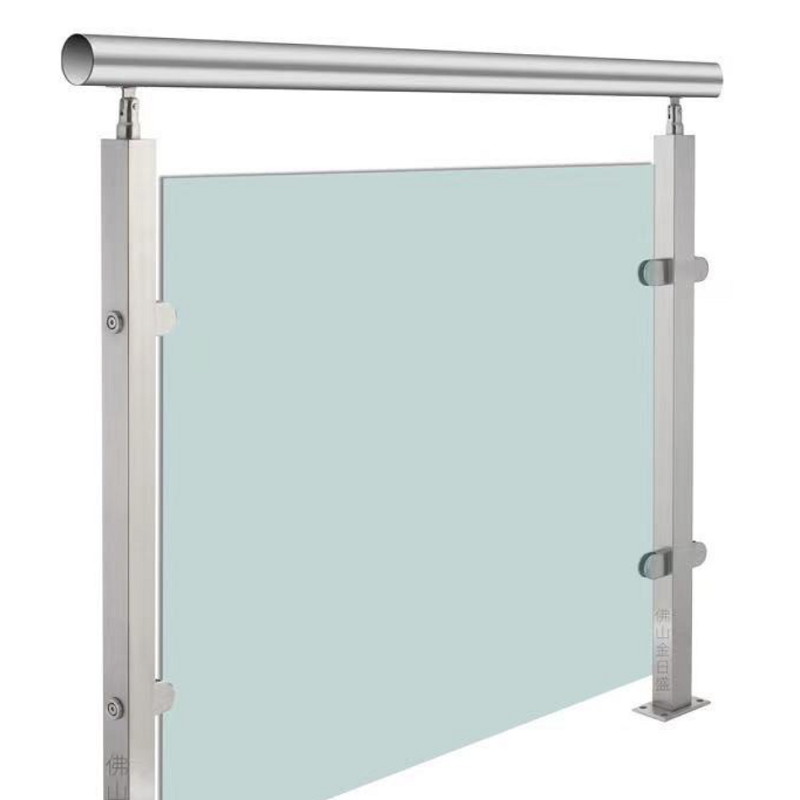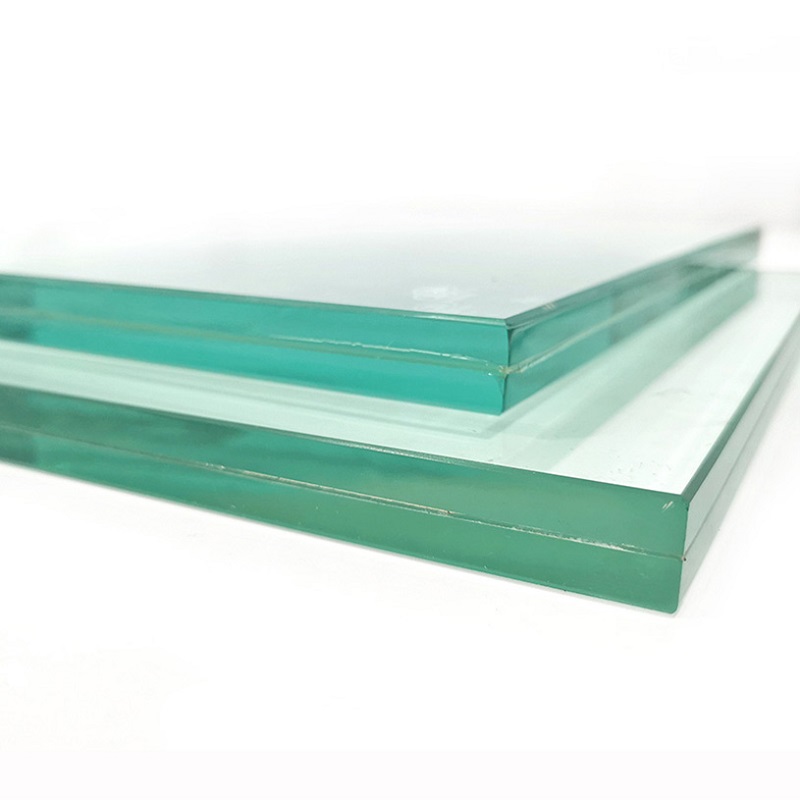Traditional Forming Processes of Flat Glass and the Float Glass Production Process

Flat glass, this ubiquitous material in modern life, constitutes the clear windows and pristine tables of our residential buildings, the windshields and views of vehicles, and the display interfaces of electronic devices. Its flatness, transparency, and sturdiness shield us from wind, rain, and noise, while allowing in light and scenery. However, the production journey of this commonplace glass sheet has undergone a tremendous leap from arduous manual labor to high automation. This article will trace the revolutionary evolution of flat glass from traditional forming processes to the modern float glass production process, revealing the technological context behind this material.
I. Traditional Forming Processes: Crystallization of Sweat and Wisdom
Before the float process was born and popularized, humans explored and practiced various methods to obtain large-area flat glass. Although these traditional processes were relatively inefficient, energy-intensive, and made it difficult to achieve perfect uniformity in the finished product, they represented the wisdom of the industrial age and laid the foundation for subsequent technological revolutions.
1.The Grid Process
The Grid process was one of the important early methods for the continuous production of flat glass. Its core process is as follows: molten glass flows out of the melting furnace and passes through a pair of closely matched rolling rollers, where it is squeezed into a sheet of predetermined thickness. Subsequently, this still red-hot glass ribbon is fed into a long annealing kiln (the Grid furnace), where it is slowly cooled to eliminate internal stress and prevent brittleness and cracking.
The advantage of this process is its ability to achieve continuous production, with efficiency far surpassing manual methods, and it can produce patterned glass or wired glass by changing the roller patterns. However, its disadvantages are also quite apparent: the rolling rollers leave marks on the glass surface, causing severe optical distortion and low transparency. Therefore, flat glass produced by this method was primarily used in applications where optical performance was not critical, such as building windows, greenhouses, and situations requiring a frosted effect.
2.The Vertical Drawing Method
The vertical drawing method was the mainstream technology for producing window flat glass in the first half of the last century. This method was quite imaginative: a refractory material component called a "drawbar" or "bait" is placed on the surface of the molten glass. Workers use a metal bait to vertically pull upwards from below the glass surface. Due to the surface tension and viscosity of the glass melt, the liquid glass follows the bait, being pulled vertically upward. As it rises, it gradually solidifies through coolers, forming a continuous glass ribbon, which is finally cut into sheets.
The vertical drawing method is divided into "slot" and "slot-free" types. The slot drawing method pulls the glass through a slotted drawbar, which is relatively stable to operate, but the slot is prone to crystallization, leading to persistent "ream" or "grain" lines on the glass plate, affecting quality. The slot-free drawing method avoids this problem, resulting in slightly better quality, but demands higher process control.
Regardless of the type, flat glass produced by the vertical drawing method had inherent defects: due to the vertical pull, the glass would naturally develop thickness variations and inherent draw waves under gravity, causing objects viewed through the glass to appear distorted. Its surface also required grinding and polishing to achieve a high degree of smoothness, which increased production costs and energy consumption.
3.The Rolling Process
The rolling process is similar to the Grid process and is mainly used to produce thicker flat glass or glass with special textures. Molten glass is cast between two metal rollers, and the desired thickness is pressed out by controlling the roll gap. This method is very suitable for manufacturing patterned glass, wired glass (where a metal mesh is pressed into the middle of the glass), and channel-shaped glass. Similarly, its product surface is not flat, and its optical performance is poor, making it unsuitable for applications requiring high light transmission and clear imaging.
The common challenge faced by these traditional processes was: how to produce flat glass that was as flat and smooth as still water, with excellent optical performance, economically and efficiently. This problem was not perfectly solved until the invention of the float process.
II. The Float Glass Process: A Quiet Industrial Revolution
In the mid-20th century, Sir Alastair Pilkington of the UK's Pilkington Company invented the float glass process. This invention completely changed the global flat glass industry landscape and is regarded as the most important advancement in the glass industry since the invention of glassblowing.
The core principle of the float process is remarkably clever and elegant: it utilizes the physical properties of molten tin being dense with a flat, smooth surface, while molten glass is less dense and does not react with the tin. The specific process is as follows:
Melting Section: Selected raw materials such as silica sand, soda ash, and limestone are melted in a high-temperature furnace exceeding 1600°C to form a homogeneous, bubble-free molten glass.
Floating and Forming (Key Stage): The moltenglass flows from the end of the melting furnace and floats on the surface of a bath of molten tin filled with a protective atmosphere of nitrogen and hydrogen. Here, the glass melt spreads out and flattens naturally under the combined action of surface tension and gravity, like an oil layer floating on water. Under precise temperature control within the tin bath, it forms a glass ribbon with parallel surfaces, uniform thickness, and a smooth, mirror-like finish. The thickness of the glass is primarily controlled by the speed of edge rollers and the flow rate of the glass melt.
Annealing: The formed glass ribbon leaves the tin bath and enters an annealing lehr tens of meters long. Here, the glass is gradually cooled according to a strictly defined temperature curve to eliminate internal stresses generated during forming and cooling, thereby ensuring the mechanical strength and stability of the final product. An unannealed glass is extremely fragile.
Cutting and Packaging: The annealed glass ribbon, after cooling, becomes a solid "river of glass." It then passes through an automatic inspection system, is cut into sheets by automatic cutting machines according to order sizes, and finally goes through an automatic packaging line before being warehoused.
The Revolutionary Advantages of the Float Process:
Excellent Optical Quality: Because the glass surface is formed freely on the flat surface of the molten tin, its flatness reaches an atomic level, eliminating all the waves and distortions inherent in traditional processes. Therefore, float flat glass requires no secondary grinding or polishing to achieve high light transmittance and image fidelity, and can be directly used for high-end building curtain walls, automotive windshields, and mirror manufacturing.
Consistent High Quality: The entire process occurs in a highly automated environment with precisely controlled process parameters, ensuring that every sheet of flat glass produced has extremely high consistency and quality stability.
Diverse Product Specifications: The float process can flexibly produce flat glass of various thicknesses, from ultra-thin (0.3mm) to ultra-thick (25mm and above), and various sizes, meeting diverse market demands.
High Efficiency and Energy Saving: Continuous line operation enables large-scale production, with significantly lower energy consumption per unit compared to traditional processes requiring secondary processing.

It is these unparalleled advantages that have made the float process the dominant technology for global flat glass production since its invention. Today, the vast majority of high-quality flat glass we encounter in daily life, whether in skyscraper curtain walls, home windows, or automotive and electronic product screens, almost entirely originates from float lines. It can be said that the float process truly brought flat glass into the era of modernization and high performance.
III. Conclusion
From the rolling of the Grid process and the toil of the vertical draw, to the effortless elegance of the float process, the forming history of flat glass is an epitome of the continuous self-transcendence of human industrial wisdom. Traditional processes were valuable practices under specific historical conditions, while the float process, in its scientific, elegant, and efficient manner, has defined the standard for the modern glass industry. Today, this seemingly simple flat glass has long surpassed its basic function as a building material, becoming a key foundational material in many high-tech fields such as information display, new energy (e.g., photovoltaic glass), and biotechnology. In the future, with increasing demands for glass properties like self-cleaning, smart dimming, and flexible bending, the production processes of flat glass are bound to undergo new transformations, continuing to play the role of an indispensable transparent cornerstone in human civilization.
flat glassflat glassflat glassflat glassflat glassflat glassflat glassflat glassflat glass





